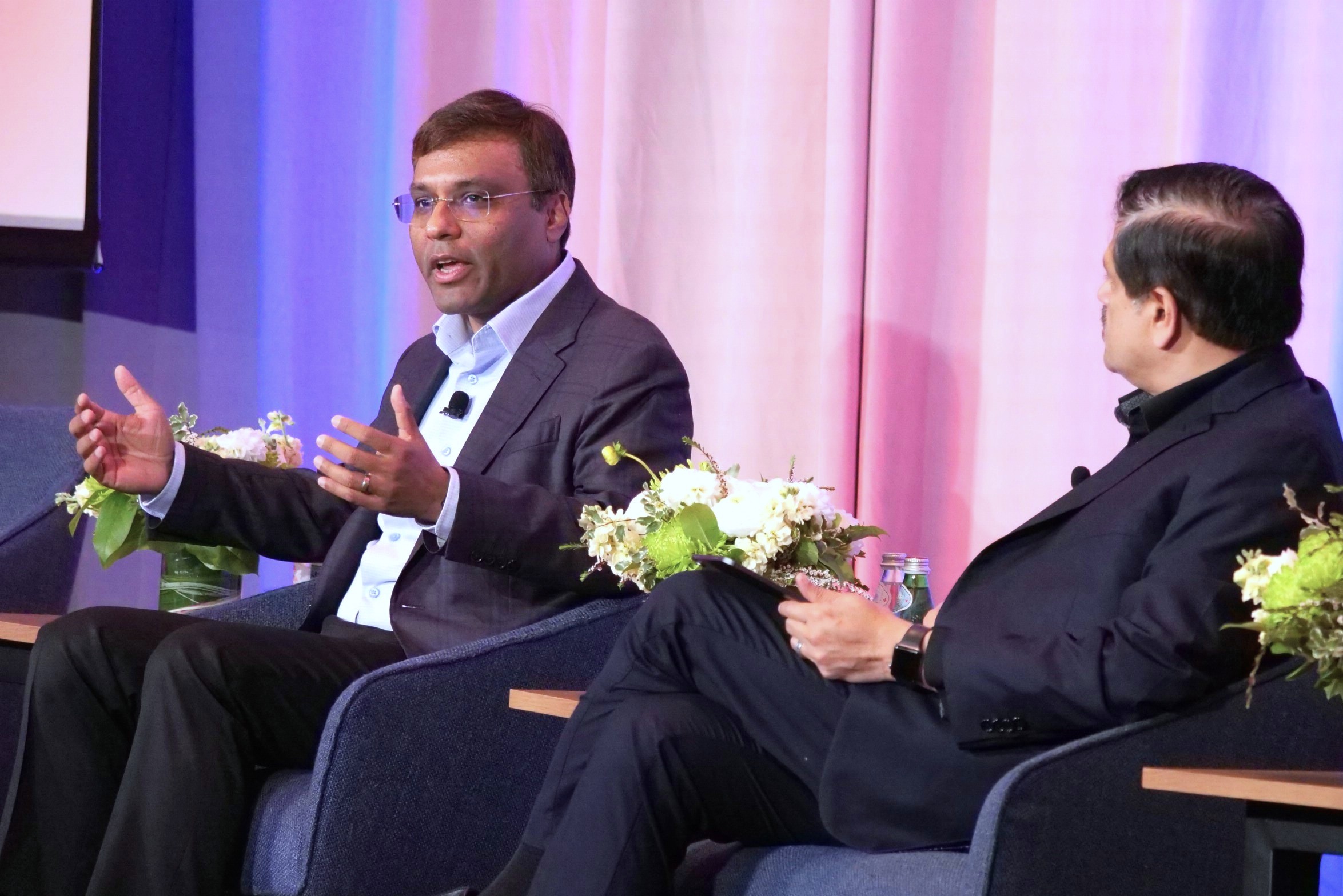Amazon
The AI Apprentice: Inside Amazon’s Model Factory Training Ground

Amazon’s Innovative Approach to Artificial Intelligence Development
sizes=”(max-width: 1260px) 100vw, 1260px”>
Amazon is revolutionizing the field of artificial intelligence by utilizing its internal services and applications as “reinforcement learning gyms” to train its next generation of AI, as revealed by Rohit Prasad, Amazon’s senior vice president and head scientist for artificial general intelligence.
Prasad emphasized the importance of training more general intelligence systems that can adapt to new tasks with minimal input by learning in real-world environments with applications across Amazon.
This strategic approach draws parallels to Amazon’s successful AWS cloud platform, which stemmed from lessons learned in infrastructure development.
Big tech companies like Microsoft, Amazon, and Google have a significant advantage in the AI race due to their ability to leverage both their business operations and technological infrastructure.
Prasad’s transition from overseeing Amazon’s Alexa to leading the company’s generative AI efforts signifies Amazon’s commitment to advancing its AI technology, including its in-house Nova models.
Key Strategies in Amazon’s AI Development:
1. A “Model Factory” Approach: Amazon is shifting away from building one model at a time to establishing a “model factory” that releases models at a rapid pace, enabling faster improvements through strategic trade-offs.
2. Focus on AI Agents: Prasad highlights the shift from conversational AI to autonomous systems, emphasizing the need for models that can execute tasks effectively and integrate various sources of knowledge.
3. Automating Business Processes: Amazon is leveraging AI to automate routine tasks, such as upgrading Java versions, to enhance internal productivity and streamline operations.
Prasad envisions AI handling mundane tasks to free up time for more creative work within the organization.
-

 Video Games2 days ago
Video Games2 days agoTekken 8: Rise of the Shadows
-

 Video Games1 day ago
Video Games1 day agoGoku Takes on the Dragon Ball FighterZ Arena
-

 Amazon2 days ago
Amazon2 days agoNeil Young Takes a Stand: Pulling Music from Amazon in Protest of Jeff Bezos’ Support for Trump
-

 Tech News2 days ago
Tech News2 days agoSamsung Galaxy UI 8: Embracing the Big Free AI Upgrade
-

 Security2 days ago
Security2 days agoCritical Vulnerability Exposed: Oracle EBS Targeted in Recent Cyber Attacks by Cl0p Hackers
-

 Microsoft2 days ago
Microsoft2 days agoEnhanced Copilot Features: Creating Office Documents and Gmail Integration
-

 Apple2 days ago
Apple2 days agoExploring the Dystopian Realms of Pluribus: An Apple Original Series Trailer
-

 AI1 day ago
AI1 day agoOracle’s Next-Gen Enterprise AI Services Powered by NVIDIA’s Cutting-Edge GPUs


























